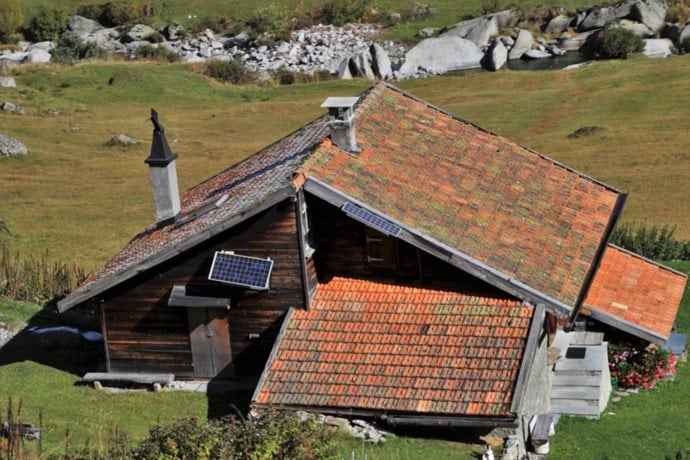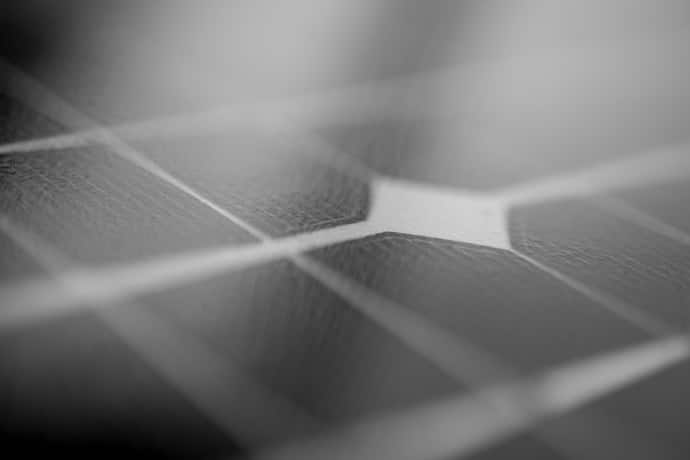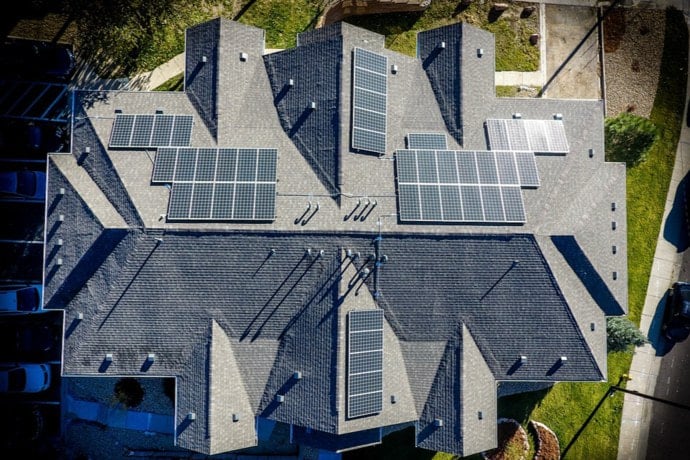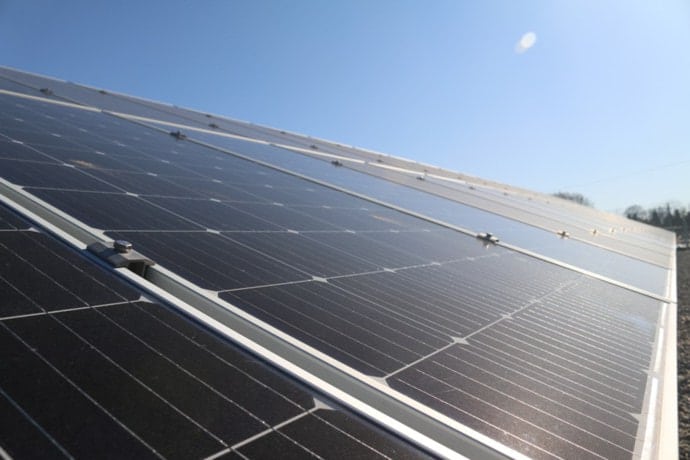Solar panels are a great way to generate clean and renewable energy for your home or business. But how do you know how much power they can produce? And what factors affect their performance?
One of the key terms you need to understand when choosing solar panels is Rated Power. This is the maximum amount of electricity a solar panel can capture under ideal conditions. However, the rated power does not mean the panel will always generate that amount of electricity.
In this article, we will explain what rated power means for solar panels, how it is measured, and why it matters for your solar system.
What Is Rated Power for Solar Panels?
Rated power, also known as peak power or nominal power, is the amount of electricity a solar panel can produce when exposed to standard test conditions (STC). These conditions include:
A solar irradiance of 1000 W/m2 (the amount of sunlight that reaches a square meter of a surface)
A panel temperature of 25°C (77°F)
An air mass of 1.5 (the thickness of the atmosphere that the sunlight passes through)
These conditions are used to compare the performance of different solar panels and to calculate the size and cost of a solar system.
For example, if a solar panel has a rated power of 200W, it means that it can generate 200W of electricity under STC. However, this does not mean that it will always produce 200W in real-world conditions.
What Factors Affect the Actual Power Output of Solar Panels?
The actual power output of solar panels depends on several factors that vary depending on the location, season, time of day, and weather. Some of the main factors that affect the actual power output are:
- Solar irradiance: This is the amount of sunlight that reaches the surface of the earth. It varies depending on the latitude, altitude, season, time of day, and cloud cover. The higher the solar irradiance, the more power the solar panel can produce.
- Panel temperature: This is the temperature of the solar panel itself, not the ambient air temperature. Solar panels tend to get hot when exposed to sunlight, which reduces their efficiency and power output. The higher the panel temperature, the less power the solar panel can produce.
- Shading: This is when an object blocks some or all of the sunlight from reaching the solar panel. Shading can be caused by trees, buildings, clouds, dust, or dirt. Shading reduces the solar irradiance and the power output of the solar panel.
- Orientation and tilt: These are the angle and directions that the solar panel faces. The optimal orientation and tilt depend on the location and season. Generally, solar panels should face south in the northern hemisphere and north in the southern hemisphere to maximize their exposure to sunlight. They should also be tilted at an angle that matches the latitude of the location to capture more sunlight throughout the year.
- Inverter efficiency: This is the ratio of the output power to the input power of an inverter. An inverter is a device that converts direct current (DC) electricity from solar panels into alternating current (AC) electricity that can be used by appliances or fed into the grid. Inverters have some losses due to heat and other factors, which reduce their efficiency and output power.
Why Does Rated Power Matter for Solar Panels?
Rated power matters for solar panels because it helps you estimate how much electricity they can generate and how much money you can save or earn from them.
By knowing the rated power of a solar panel, you can calculate its power output in kilowatt-hours (kWh) per year by multiplying it by the average number of peak sun hours per day in your location. Peak sun hours are not the same as daylight hours; they are equivalent to hours when the solar irradiance is 1000 W/m2.
For example, if a 200W solar panel receives an average of 4 peak sun hours per day in your location, its annual power output would be:
200W x 4 hours/day x 365 days/year = 292 kWh/year
By knowing the power output of a solar panel, you can calculate its energy savings in pounds per year by multiplying it by your electricity tariff rate. For example, if you pay 15p per kWh for electricity, your annual energy savings would be:
292 kWh/year x £0.15/kWh = £43.8/year
By knowing the energy savings of a solar panel, you can calculate its income in pounds per year by multiplying it by the Smart Export Guarantee (SEG) rate. The SEG is a government-backed scheme that requires some electricity suppliers to pay small-scale generators for the electricity they export to the grid12. The SEG rates vary depending on the supplier and the tariff, but they must always be above zero2.
For example, if you export 50% of your annual power output and receive 5p per kWh for your exports, your annual income would be:
292 kWh/year x 50% x £0.05/kWh = £7.3/year
By adding your energy savings and income, you can calculate your total savings in pounds per year. For example:
£43.8/year + £7.3/year = £51.1/year

How to Choose the Best Solar Panels Based on Rated Power
Rated power is an important factor to consider when choosing solar panels, but it is not the only one. You also need to take into account other aspects such as:
- Cost: This is the price of the solar panel itself and the installation costs. You need to compare the cost per watt of different solar panels to find the best value for money. For example, a 400W solar panel may cost more than a 200W solar panel, but it may also produce more electricity and save you more money in the long run.
- Efficiency: This is the ratio of the power output to the surface area of the solar panel. The higher the efficiency, the more power the solar panel can produce from a given space. For example, a 200W solar panel with 20% efficiency has a smaller surface area than a 200W solar panel with 10% efficiency.
- Quality: This is the durability and reliability of the solar panel and its components. You need to check the warranty and reviews of different solar panels to find out how long they last and how well they perform under different conditions.
- Compatibility: This is how well the solar panel matches your roof size, shape, orientation, and tilt. You need to make sure that the solar panel fits your roof and maximizes its exposure to sunlight.
Conclusion
Rated power is an important measure of how much electricity a solar panel can produce under ideal conditions. However, it does not tell the whole story of how a solar panel performs in real-world conditions, which are affected by many factors. Rated power helps you estimate how much money you can save or earn from solar panels, but you also need to consider other factors such as cost, efficiency, quality, and compatibility.
To choose the best solar panels for your needs, you should compare different options from reputable brands and solar panels suppliers, such as Sungold Solar, which offers high-quality and affordable solar panels for homes and businesses. Solar panels are a great way to generate clean and renewable energy and enjoy its benefits.




























